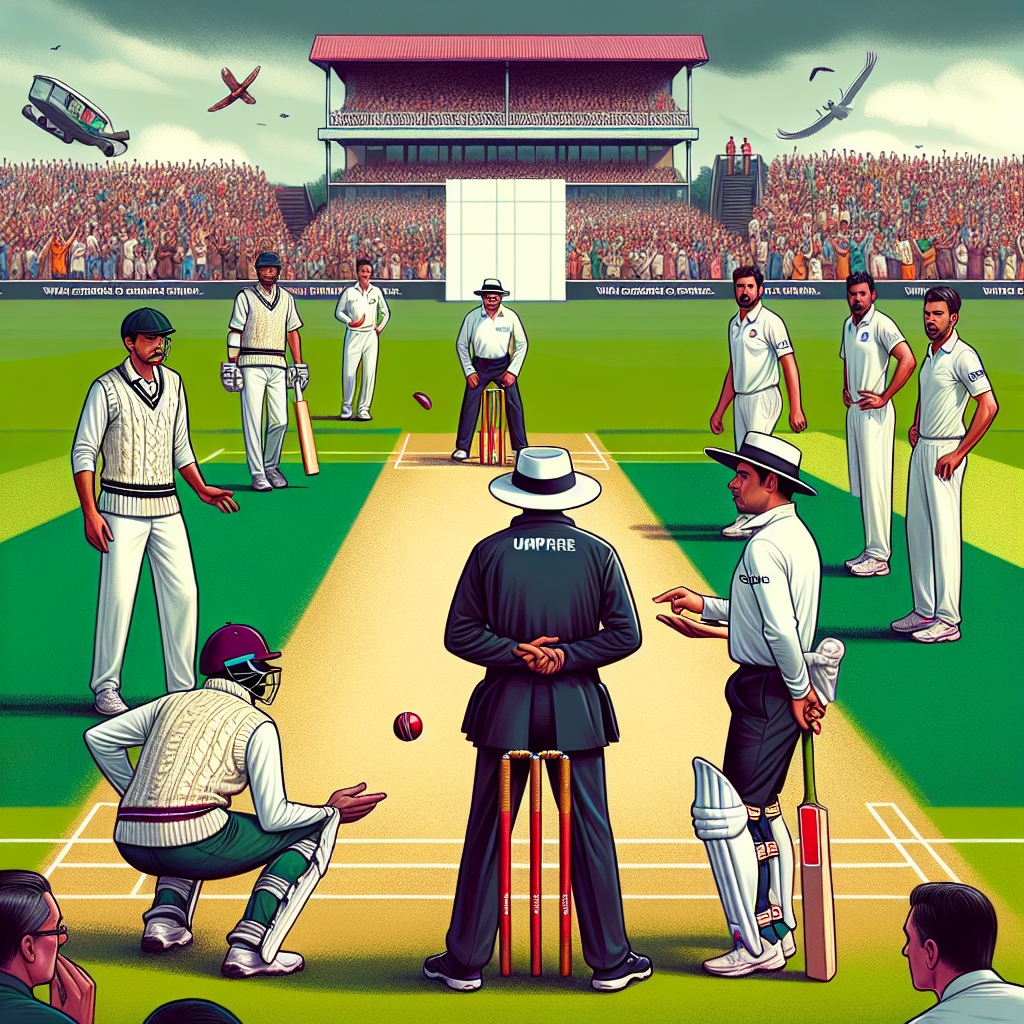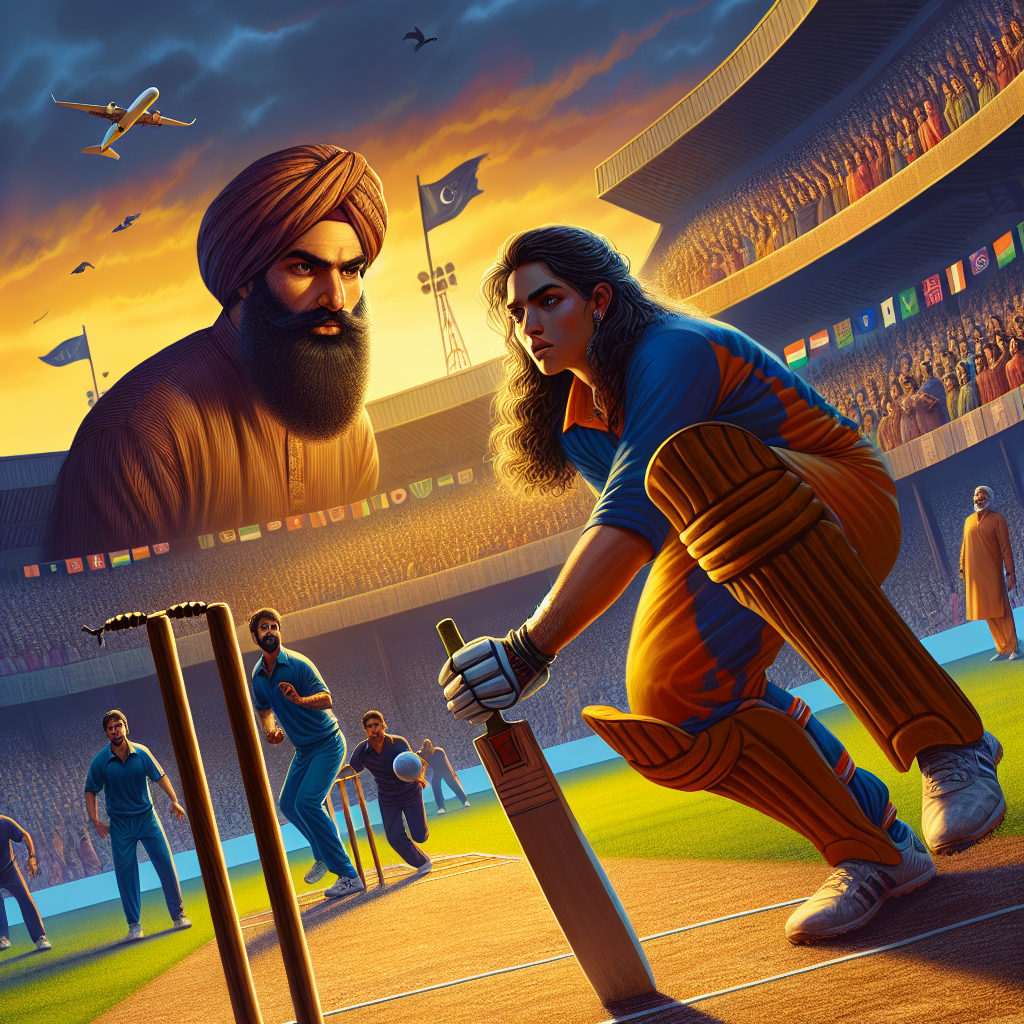Reviews in Test Cricket: An In-Depth Analysis

Test cricket, the longest format of the game, is often regarded as the pinnacle of cricketing excellence. It is a format that tests the skill, patience, and endurance of players over five days. One of the most significant developments in modern Test cricket is the introduction of the Decision Review System (DRS). This system has revolutionized the way decisions are made on the field, providing players and umpires with a tool to ensure fairness and accuracy. In this article, we will explore the intricacies of reviews in Test cricket, examining their impact, effectiveness, and the controversies they have sparked.
The Evolution of Decision Review System (DRS)
The Decision Review System was introduced to address the human errors that inevitably occur in cricket. Before DRS, the on-field umpire’s decision was final, leading to numerous contentious calls. The introduction of technology aimed to minimize these errors and enhance the credibility of the game.
History and Implementation
The DRS was first trialed in a Test match between India and Sri Lanka in 2008. Its primary components include ball-tracking technology, known as Hawk-Eye, and the Snickometer, which detects edges. Over the years, the system has evolved, incorporating UltraEdge and Real-Time Snicko for more precise detection of bat-ball contact.
How DRS Works
Each team is allowed a set number of unsuccessful reviews per innings. When a player disagrees with an on-field decision, they can request a review. The third umpire then examines the available technology to determine whether the original decision should be upheld or overturned. The process involves:
- Checking for a no-ball using video replay.
- Using UltraEdge or Snicko to detect any contact between bat and ball.
- Employing ball-tracking to assess the trajectory of the ball for LBW decisions.
Impact of DRS on Test Cricket
The introduction of DRS has had a profound impact on Test cricket, influencing both the players’ strategies and the role of umpires.
Enhancing Fairness and Accuracy
DRS has significantly reduced the number of incorrect decisions, ensuring that the outcome of a match is determined by the players’ performances rather than umpiring errors. According to a study by ESPNcricinfo, the accuracy of decisions in Test cricket has increased from around 92% to 98% with the use of DRS.
Strategic Use of Reviews
Teams now incorporate the strategic use of reviews into their game plans. Captains must decide when to use a review judiciously, balancing the risk of losing a review against the potential reward of overturning a crucial decision. This strategic element adds a new layer of complexity to the game.
Controversies and Criticisms
Despite its benefits, DRS has not been without controversy. Several high-profile incidents have highlighted its limitations and sparked debate among players, officials, and fans.
Technology Limitations
While DRS is designed to minimize errors, it is not infallible. The accuracy of ball-tracking technology, for instance, can be affected by factors such as pitch conditions and camera angles. In some cases, the margin of error in ball-tracking has led to contentious decisions, particularly in LBW calls.
Human Element and Umpire’s Call
The “Umpire’s Call” aspect of DRS has been a point of contention. When the ball-tracking shows that the ball is clipping the stumps, but not enough to overturn the on-field decision, the original call stands. This has led to debates about the consistency and fairness of the system.
Case Studies
Several matches have highlighted the controversies surrounding DRS. In the 2019 Ashes series, Australia’s Steve Smith was given out LBW despite replays showing a significant inside edge. The decision was not overturned due to the limitations of the available technology at the time.
Statistics and Trends
Analyzing the data related to DRS usage provides valuable insights into its impact on Test cricket.
Review Success Rates
According to ICC statistics, the success rate of reviews in Test cricket is approximately 26%. This indicates that while DRS has improved decision-making, teams must still use their reviews wisely.
Impact on Umpiring
The presence of DRS has influenced umpiring standards. Umpires are now more cautious in their decision-making, knowing that their calls can be reviewed. This has led to a more consistent application of the rules.
The Future of DRS in Test Cricket
As technology continues to advance, the future of DRS in Test cricket looks promising. Innovations such as improved ball-tracking algorithms and enhanced audio detection are likely to further reduce errors and enhance the system’s reliability.
Potential Improvements
Future developments could include:
- Enhanced ball-tracking technology with reduced margins of error.
- Improved audio detection for more accurate edge detection.
- Greater transparency in the decision-making process to build trust among players and fans.
Global Standardization
One of the challenges facing DRS is the lack of uniformity in its implementation across different cricketing nations. Standardizing the use of technology and ensuring consistent application of rules will be crucial for the system’s continued success.
Conclusion
The Decision Review System has undoubtedly transformed Test cricket, enhancing the accuracy and fairness of decision-making. While it is not without its flaws, the benefits of DRS far outweigh its limitations. As technology continues to evolve, the system is likely to become even more integral to the game, ensuring that Test cricket remains a true test of skill and sportsmanship. The strategic use of reviews, coupled with ongoing improvements in technology, will continue to shape the future of this beloved format.


















